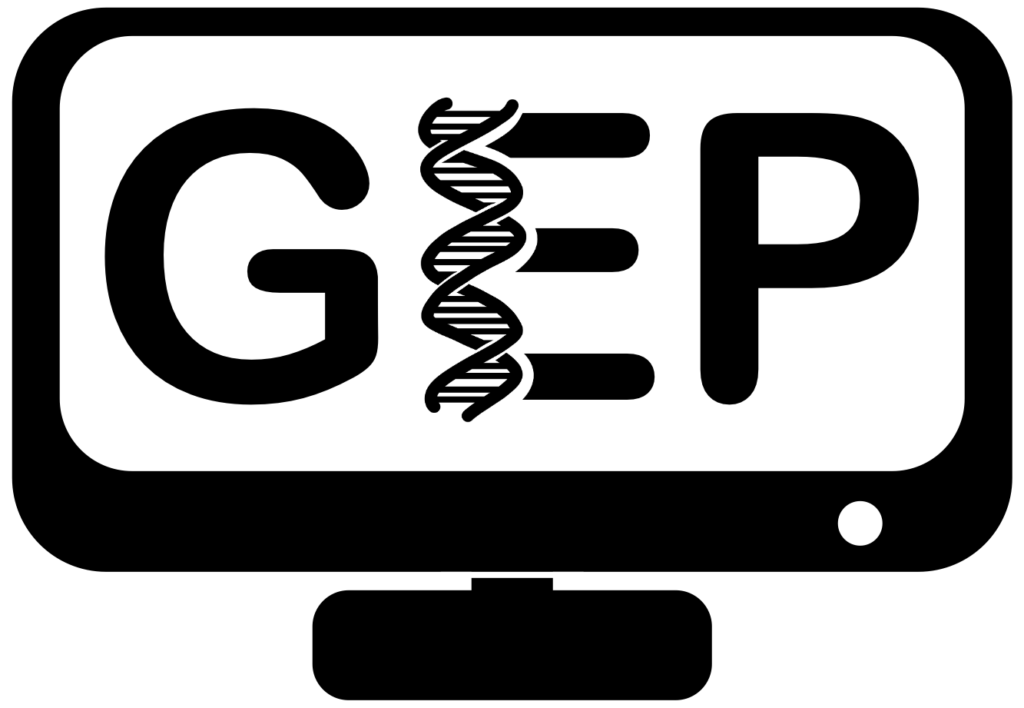The Genomics Education Partnership: Investigating the Evolution of the Dot Chromosome in Drosophila
This lecture by Dr. Sarah Elgin (Washington University in St. Louis) provides a general overview of the Genomics Education Partnership. It describes the current GEP research problem of identifying factors involved in heterochromatin formation and maintenance through comparative genomics in Drosophila.
